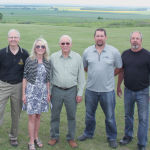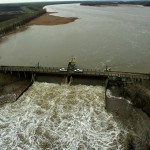A new voluntary program will offer financial incentives to encourage landowners to protect and restore the Manitoba Escarpment’s natural cover in perpetuity. The goal is not only to conserve flora and fauna providing esthetic benefits, but improve downstream water quality and reduce flooding and costly damage to infrastructure, Cliff Greenfield, manager of the Pembina Valley









